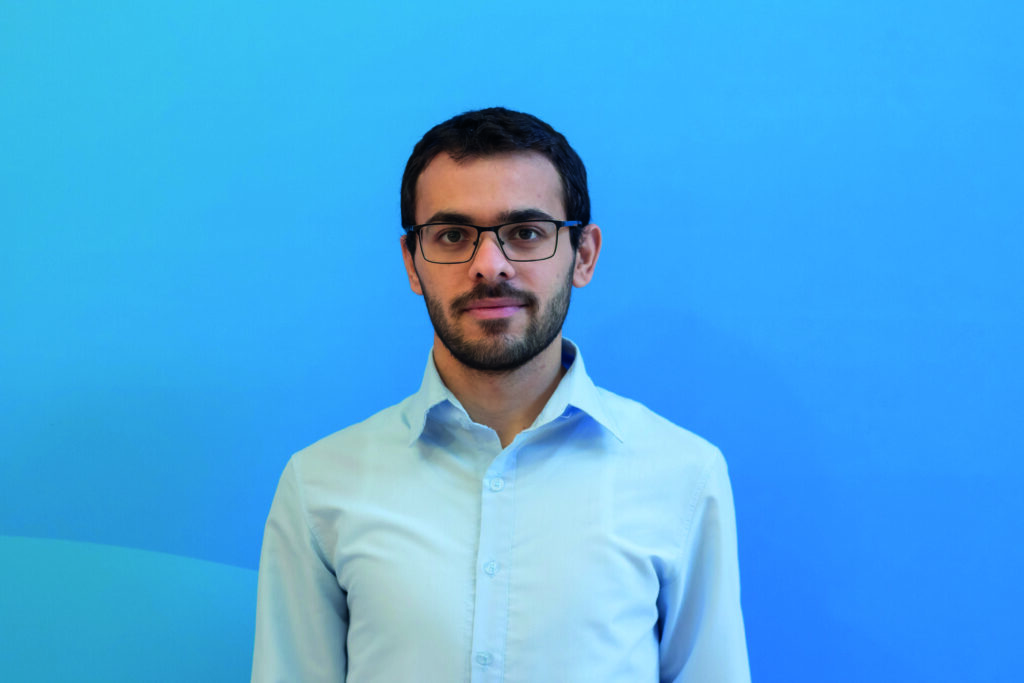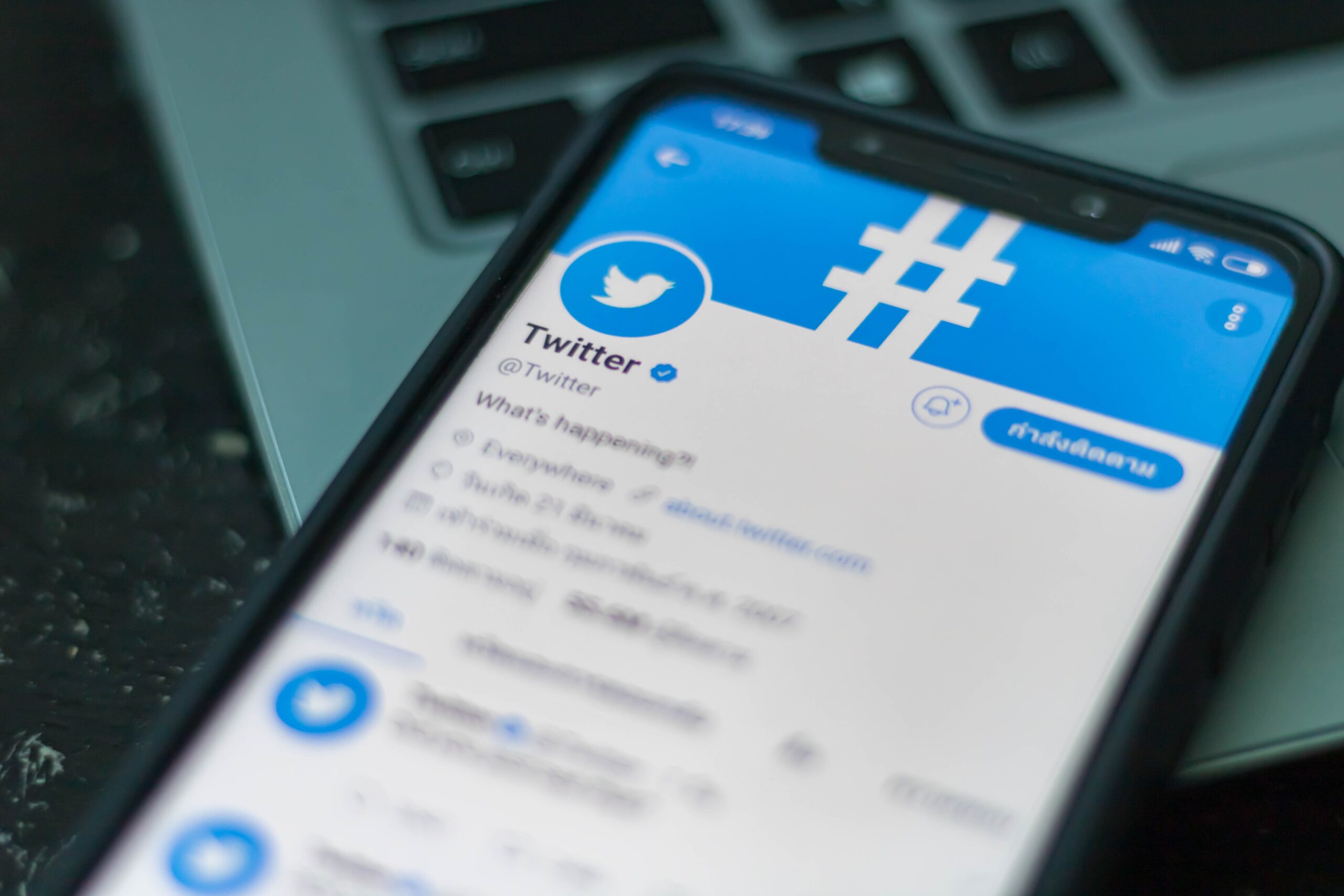PhD in AI student NICHOLAS MAMO has spent years working on an Artificially Intelligent system that can alert journalists to news stories breaking on social media. Here he explains how it works.

The consumption of news has come a long way since the early days of the newspaper. Yet the most significant revolution has been the public’s growing role in its creation and dissemination. Rather than seeing this as a potential threat to traditional news channels, however, Nicholas Mamo has used this as an opportunity to help newsrooms and journalists.
“Social media sometimes breaks the news earlier than newsrooms do,” says Nicholas, who is in the last year of his PhD. “This is because people on the ground or those in the know can post about occurrences well before journalists are tipped off.”
“This got me thinking about the possibility of extracting information from social media platforms in a way that could alert journalists,” he continues. “So, six years ago, when I started my BSc dissertation, I began experimenting with a system that can collect information from social media about events like elections, terrorist attacks, natural disasters, and sporting events.”
Nicholas focused on Twitter and applied two Artificially Intelligent (AI) methods to collect tweets (posts on the platform): information retrieval to collect the knowledge and data mining to find patterns.
“The system can now look at past, related events and learn generic keywords that it deems important for the subject. Then, the user can input determining keywords for the particular event in question,” he explains.
To test the system out, Nicholas brought another passion of his into the fold: football. Using one football match at a time as the ‘event’, the system first learnt generic keywords based on the topic, such as ‘goal’, ‘yellow card’, ‘red card’, and ‘foul’. Nicholas then added specific keywords, like the names of the clubs facing each other, to instruct the machine on which event it should follow.
“The system then collected related tweets to the match at hand and compiled them into a timeline that presented all the information in bite-sized chunks. This included who had scored, if any red or yellow cards had been drawn, and if any extra time had been allocated.”
This timeline looks similar to those used on local news sites to report important court cases, for example. But using tweets to compile it was an entirely different ballgame. With its 330 million active monthly users posting more than 500 million daily tweets, Twitter can be a minefield for an AI system to navigate.
“Machines don’t instinctively know what is and isn’t important”
“It’s important to remember that machines don’t instinctively know what is and isn’t important,” he explains. “Something like a yellow card in football won’t be tweeted about as often as a goal, so the system may ignore it. Nevertheless, a sports journalist may still want to know that information, so I updated the system accordingly.”
As Nicholas explains, such systems typically need over 100,000 tweets to build a decent timeline, a considerable number to expect for news that hasn’t yet been reported. Nevertheless, thanks to the amalgamation of generic and specific keywords, Nicholas’s system requires just 8,000.
“My siblings are both journalists, so I’ve been interested in the news for as long as I can remember,” Nicholas tells us. “I have to admit that I’m very proud to see this system, which I’ve dedicated so much of my time to, actually detecting news before it even breaks on mainstream media,”
While there is still a while before journalists can get their hands on this system, Nicholas is determined to see it through. Moreover, he’s mulling over whether the public could use it to follow updates about specific topics like archaeological discoveries, scientific breakthroughs, or celebrity gossip. Either way, this project shows that our contribution to the creation and distribution of news is set to increase in the future. Although… We wonder what Elon Musk’s acquisition of Twitter will mean for all this.
The research work disclosed in this article is funded by the Tertiary Education Scholarships Scheme (TESS).

